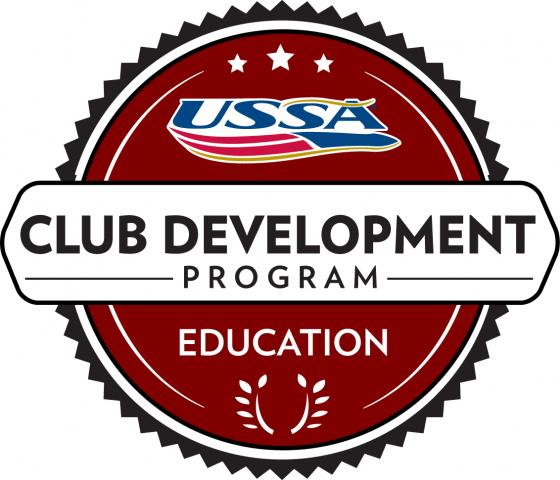Important Budget Ratios
Budget Ratiosfrom Financial Management for Nonprofit Organizations By Zietlow, Hankin and Seidner: John Wiley and Sons, Inc. 2007
Cash Ratio: cash and cash equivalents / current liabilities
The cash ratio shows the organization’s coverage of near-‐term financial obligations with cash and cash equivalents.
Cash Reserve Ratio: cash and cash equivalents / total annual expenses
Uses the same numerator as the cash ratio but compares it to a year’s worth of operating expenses. This averts the seasonality of liabilities but also provides a “time to ruin” measure – how long, as a fraction of a year, could the organization meet operating expenses if revenues were completely shut off.
Contribution Ratio: total contribution revenue / total revenue
Straightforward percentage of how much the organization depends on donated or granted revenues.
Debt Ratio: total liabilities / total assets
The degree to which assets are funded with borrowed money. A ratio or 0.25 indicates that one-‐fourth of all assets are funded by borrowed funds – a higher ratio indicates more risk.
Return Ratio: total revenue / total assets
An “efficiency” ratio – how well our asset investment translates into revenues and gains, or financial resources, brought into the organization? Essentially this indicates the “return on investment”.
Net Surplus = total revenues – total expenses Net operating Ratio: net surplus / total revenueGives the same info as the net surplus except in relative terms. This is analogous to the “net profit margin”.
Program Expense Ratio: program expenses / total expenses Advanced: break down program expenses per individual programs and look for the “real” cost of each program per athlete, and the corresponding “funding gaps”.
Support Service (administrative/overhead/fundraising): 100% -‐ program expense ratio
This is one of the most important ratios and indicates how much of a priority program delivery is. Many nonprofits strive to keep this ratio at 25% or below – the lower the better. This number should play a big role in your story about the organization.
|


